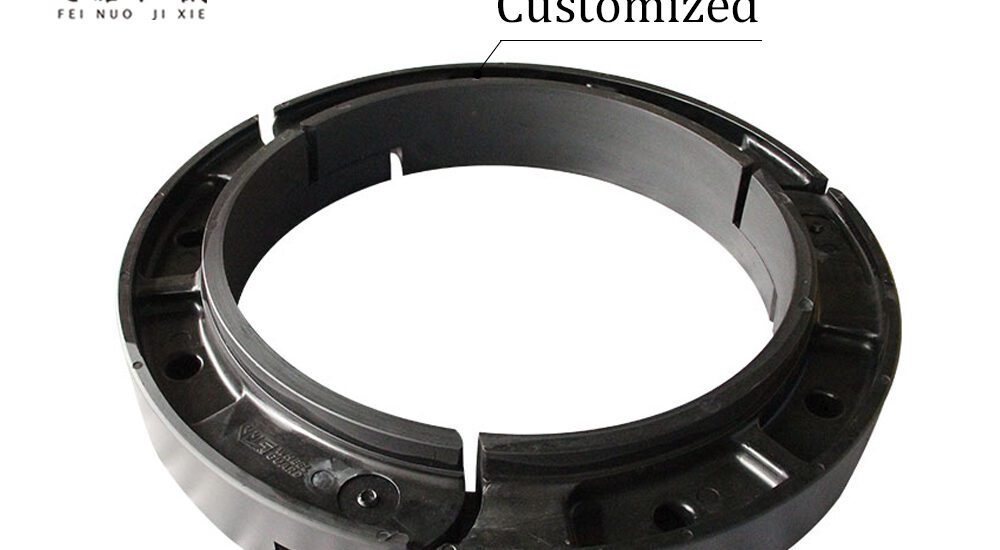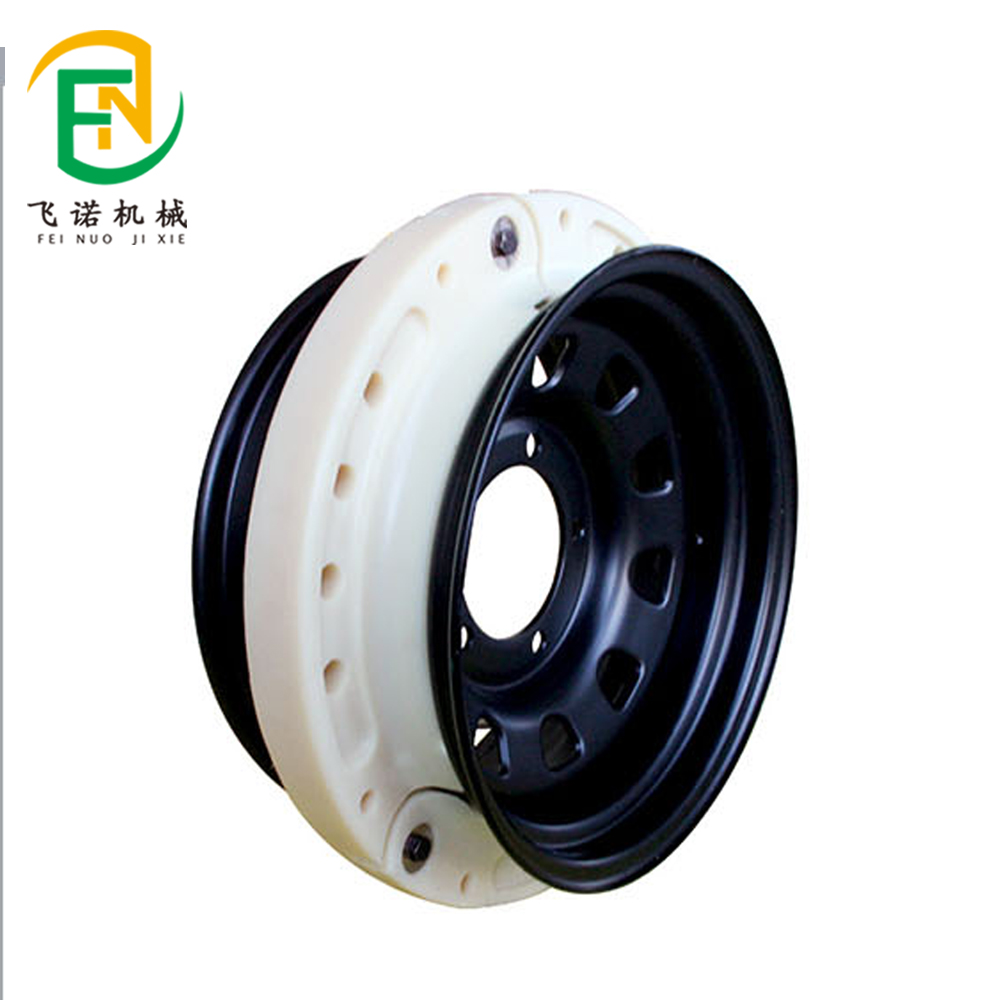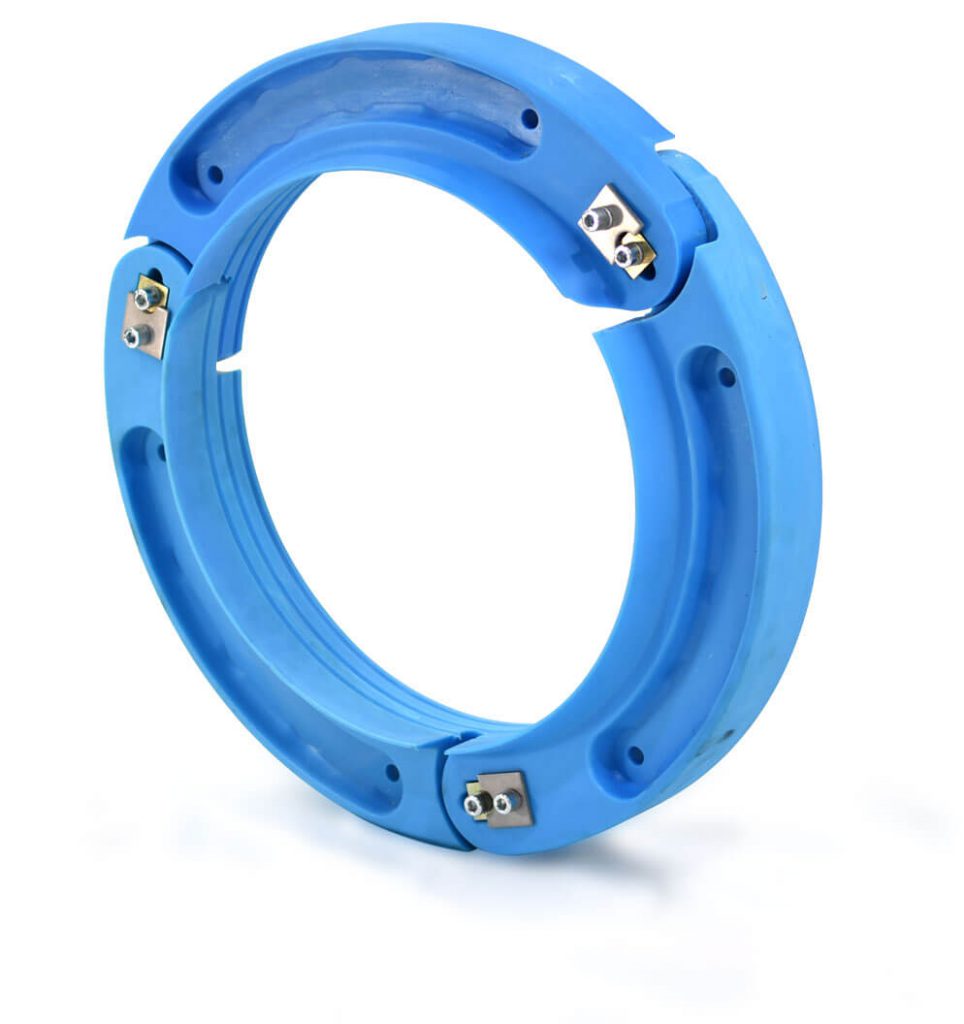- May 27, 2025
- Posted by: feinuojixie
- Category: Run Flat Guide


In today’s fast-paced, unpredictable driving world, safety and mobility are no longer luxuries—they’re expectations. Whether you’re navigating city streets, tackling rugged off-road trails, or transporting high-value cargo, the risks of a sudden tyre puncture can range from annoying to life-threatening. That’s where the run flat tyre insert comes in—a quiet revolution in vehicle safety that’s gaining traction across industries and driving cultures. Unlike traditional tyres, which become unusable when punctured, a run flat tyre insert keeps you moving even after deflation, giving you the freedom to drive without fear. As mobility demands increase and emergency response times vary by region, this once-specialized technology is proving essential for everyday drivers and professionals alike.


The Basics: What Is a Run Flat Tyre Insert?
A run flat tyre insert is a specialized component installed inside a standard pneumatic tyre to maintain vehicle mobility even after a puncture or total air loss. Unlike self-sealing or reinforced sidewall tyres, the insert physically supports the vehicle’s weight, allowing it to continue driving for a limited distance at a controlled speed. This internal support is typically made from high-density foam, polymer, or rubber materials that can withstand heat and pressure. The main idea is simple but powerful: even if the tyre is completely deflated, the run flat tyre insert prevents it from collapsing, giving drivers critical time to reach a safe location or service point without needing to stop on the spot.
Origins and Evolution: The History Behind Run Flat Tyre Insert Technology
The concept of run flat technology began in high-stakes environments such as military convoys and armored transport vehicles. In these scenarios, stopping due to a flat tyre could compromise missions or personal safety. Early run flat systems were bulky, expensive, and reserved for specialized applications. Over time, as materials technology advanced and production scaled, manufacturers adapted the core principles for civilian use. The run flat tyre insert evolved into a more accessible, modular system, now available for 4x4s, emergency response vehicles, and even private adventure vehicles. What was once battlefield tech is now becoming a staple of smart, forward-thinking vehicle builds.
How It Works: Engineering Behind the Run Flat Tyre Insert
The effectiveness of a run flat tyre insert lies in its internal structure and resilient materials. Most modern systems use a ring-shaped insert that fits snugly between the tyre bead and the wheel rim. When the tyre loses air, this ring takes over as the load-bearing component. Its construction can include engineered polymers or closed-cell foam designed to resist deformation, heat buildup, and friction damage. Some designs also incorporate segment-based inserts for ease of installation and enhanced fit across tyre models. The engineering ensures that vehicles maintain stability, steering control, and braking efficiency—critical features that traditional spare tyres or sealant kits can’t always guarantee.
Benefits Beyond the Basics: Why Drivers Are Making the Switch
The advantages of using a run flat tyre insert extend far beyond avoiding roadside delays. First and foremost is safety: no need to pull over on a busy highway or in a dangerous area to change a tyre. Secondly, run flat systems offer peace of mind during long-distance travel, where help might be hours away. There’s also a financial benefit—fewer tows, reduced tyre wear from running flat, and decreased risk of rim damage. For fleet managers and off-road enthusiasts, the value lies in operational continuity. Whether navigating rocky terrain or patrolling remote zones, a run flat tyre insert allows vehicles to keep moving under pressure—literally and figuratively.
Not Just for Combat: Run Flat Tyre Insert Applications Across Sectors
While their origins lie in military and security industries, run flat tyre insert solutions are now found in a wide variety of sectors. Competitive off-road racers rely on them to finish races without needing pit stops. Security fleets, such as armored transport and law enforcement units, use them to ensure uninterrupted mobility during operations. Agricultural and industrial vehicles in remote locations also benefit from reduced downtime and maintenance. Even urban drivers—those who live in regions with poor road infrastructure or high risk of vandalism—are turning to run flat tyre insert systems for added resilience and mobility.
Making the Right Choice: What to Look for in a Run Flat Tyre Insert
Choosing the right run flat tyre insert requires more than picking the most expensive option. Key considerations include compatibility with your current tyre and rim size, weight rating, and durability under heat and friction. Inserts made from advanced polymers typically offer better longevity and shock absorption. Look for brands that provide performance data, warranty support, and guidance on installation. Ease of installation also matters—some inserts are modular or segmented for faster fitment. Whether you’re driving a heavy SUV, a performance 4×4, or a commercial vehicle, selecting the right insert ensures the system performs exactly when you need it most.
Common Misconceptions About Run Flat Tyre Insert Systems
Despite their growing popularity, some myths still surround run flat tyre insert technology. One common misconception is that they cause a harsh or uncomfortable ride. In reality, most well-designed systems add minimal weight and do not noticeably affect ride quality under normal conditions. Another myth is that they’re prohibitively expensive. While initial costs can be higher than traditional tyres, the long-term savings from avoiding tows, downtime, and damage often outweigh the upfront investment. Some also believe inserts reduce performance—yet many are track-tested under racing conditions. With the right choice, performance and safety can go hand in hand.


The Future Is Flat-Proof: What’s Next for Run Flat Tyre Insert Innovation
The run flat tyre insert market is evolving rapidly. Next-generation products are incorporating smart technologies—like integrated sensors that communicate tyre pressure, temperature, and damage levels to onboard systems. Manufacturers are also working on lighter, more energy-efficient materials that further reduce rolling resistance and improve fuel economy. As electric and autonomous vehicles gain traction, the demand for maintenance-free, high-reliability tyre solutions is expected to grow. We may even see self-adjusting inserts that respond to terrain and speed in real time. What was once a reactive solution is fast becoming a proactive part of vehicle design.
A Safer, Bolder Journey Starts with the Right Run Flat Tyre Insert
In a world where uncertainty can strike at any mile, having the right tools can mean the difference between confidence and chaos. The run flat tyre insert is more than just a backup—it’s a proactive choice for those who value safety, performance, and independence on the road. From off-road adventurers to urban professionals, drivers are discovering the power of staying mobile even when the unexpected happens. As this technology continues to advance, the road ahead is not only flatter—it’s fearless. Now is the time to explore the options, make the switch, and take control of every journey.
